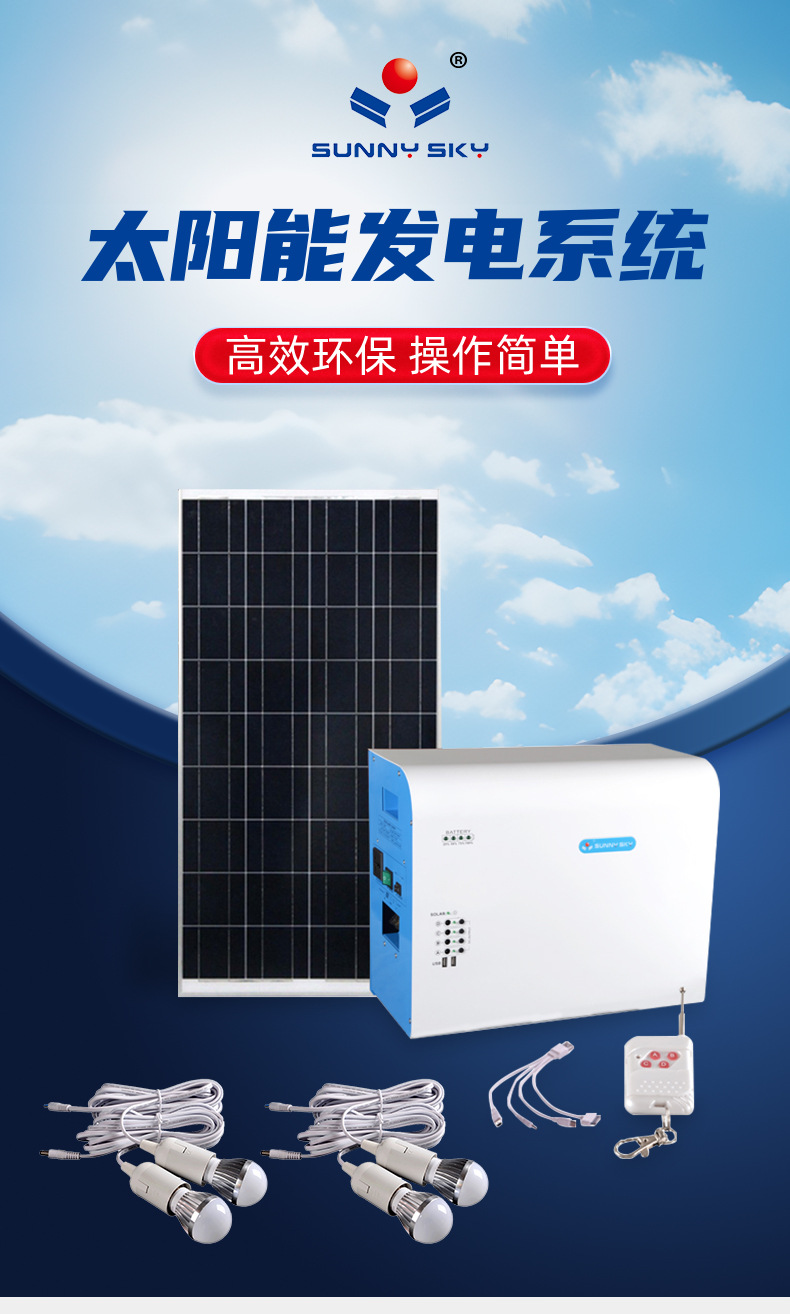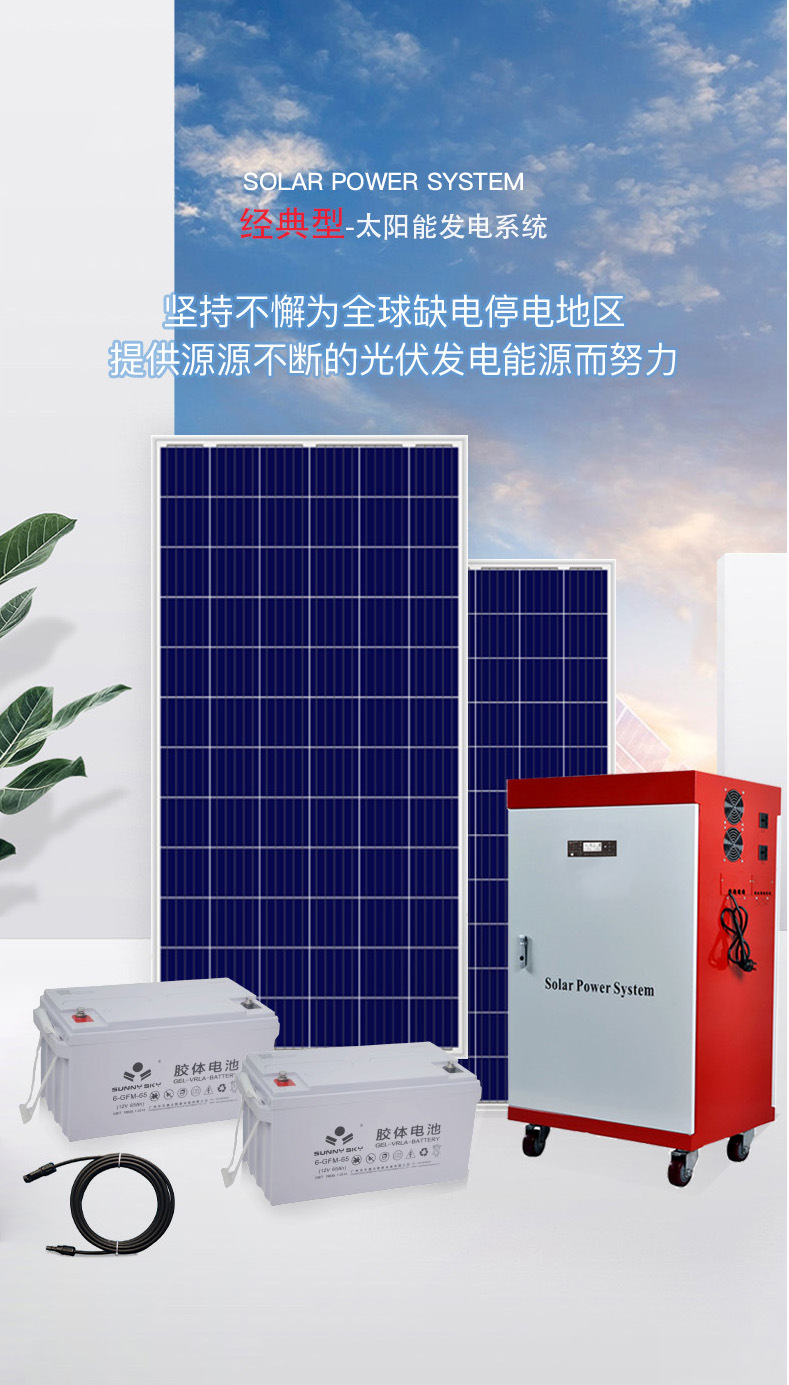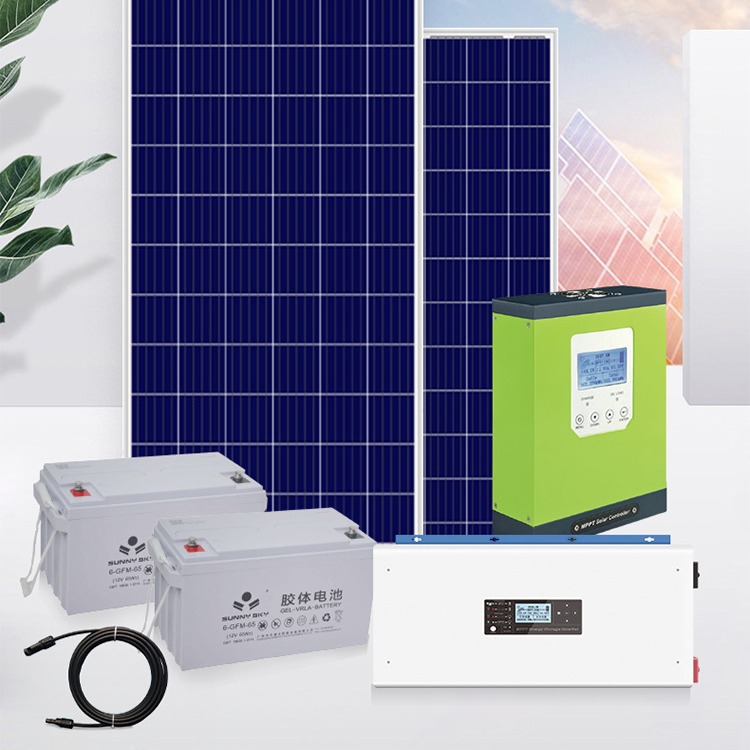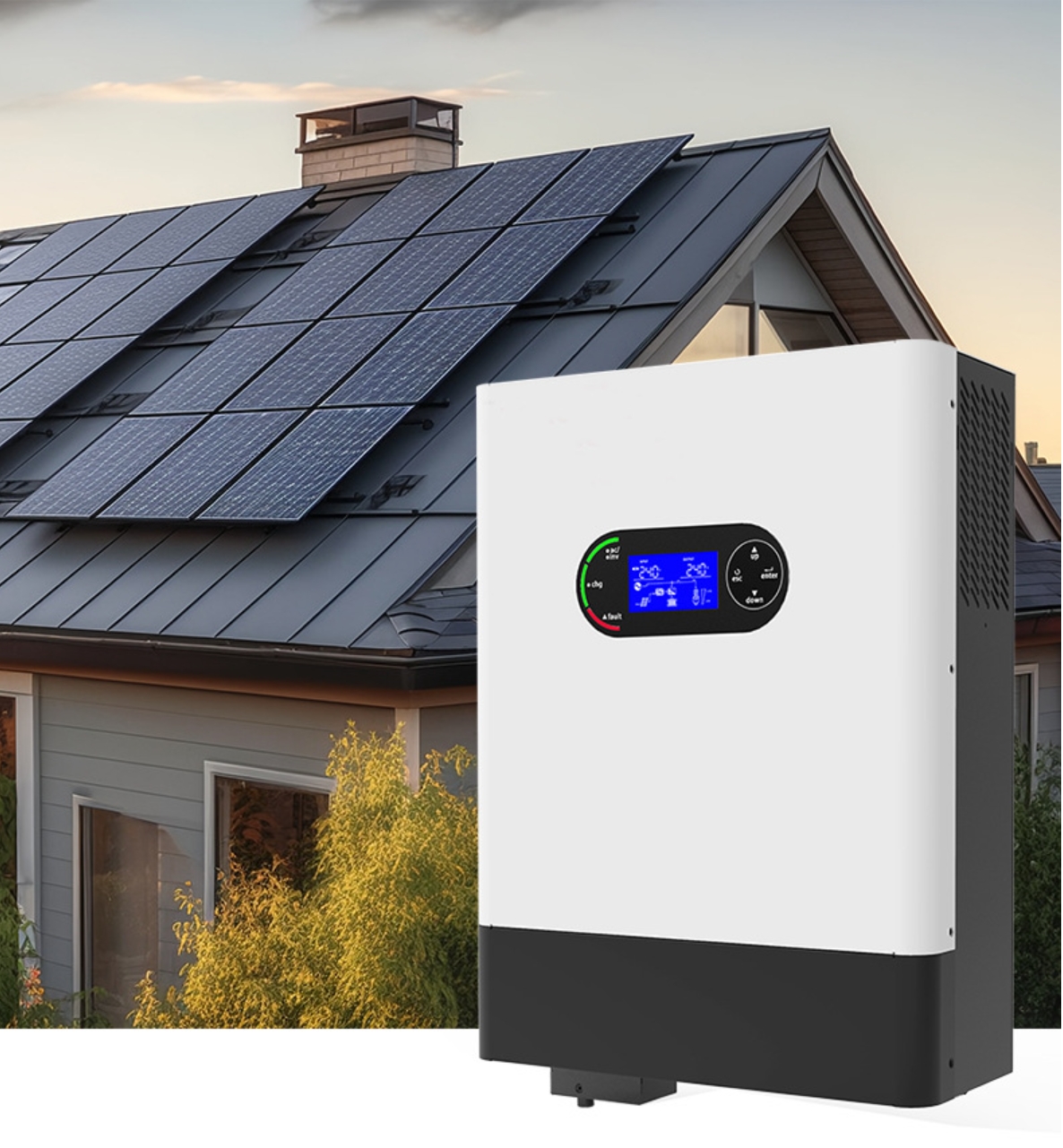The Energy Security Challenge in Residential Sectors
Across emerging markets, electricity access remains inconsistent. Voltage fluctuation, blackouts, diesel dependence, and grid underinvestment have made reliable household energy a pressing issue—not just for comfort, but for safety, productivity, and education.
In this context, theresidential solar system with batteryhas emerged as a proven solution, especially in developing countries where energy transition must be bothcost-efficient and resilient.
Didisolar, with solar deployments in over 20 countries, brings field-tested system configurations designed to withstand tropical climates, seasonal variability, and long-term off-grid or weak-grid conditions.
Technical Architecture of a Reliable System
Unlike low-cost kits with mismatched components, a truly effective home solar+battery setup requires engineering alignment across generation, conversion, storage, and protection layers.
| System Layer | Didisolar Standards |
|---|---|
| Solar Modules | Mono PERC 21.5%+, anti-PID, tier-1 certified |
| Hybrid Inverter | ≥97% conversion, MPPT 99%, grid/off-grid auto switch |
| Battery Pack | LiFePO₄ 6000+ cycles, smart BMS, modular stack |
| Load Interface | Pure sine wave, surge tolerance for motors |
| Monitoring & Alerts | Web + app-based, GSM/WiFi compatible |
| Protections | Surge, reverse polarity, temperature, arc fault detection |
This full-stack alignment is critical to prevent battery degradation, solar underperformance, and load instability under real-world usage.
Beyond Hardware: Design, Sizing, and Life-Cycle Costing
Hardware is only part of the value chain. The Didisolar team follows a five-step methodology to ensure system reliability and ROI:
-
Load profiling– Appliances, surge loads, runtime cycles
-
Irradiance modeling– Local sunlight data applied to panel configuration
-
Battery-rightsizing– Based on usage gap between generation and consumption
-
Safety margins– Oversizing inverter and surge capacity by 20–30%
-
Lifecycle costing– Comparing initial cost vs. 10-year performance vs. grid parity
This engineering-first process is why many Didisolar systems remain stableafter 5+ years in-fieldwithout major degradation.
What Homeowners Must Consider Before Purchase
-
Not all batteries are equal– Look for LiFePO₄ with tested cycle ratings, not generic lithium or lead-acid units
-
Monitoring is essential– Systems without remote monitoring can’t be optimized or supported
-
Inverter-battery matching– Undersized inverters lead to overload, while mismatched batteries shorten lifespan
-
System grounding and protection– Improperly installed systems are dangerous during lightning or surges
How Didisolar Addresses These Homeowner Concerns
At Didisolar, we understand that choosing a residential solar system with battery involves more than just picking a product—it requires trust in the engineering, compatibility, and long-term support. Here’s how we ensure every concern is answered with confidence:
1. Battery Quality You Can Rely On
We exclusively usegrade-A LiFePO₄ batteries, tested for over6000 charge-discharge cycles, with built-insmart BMS(Battery Management System) to ensure safety, longevity, and precise control. No outdated lead-acid or generic lithium chemistry.
All batteries are backed by a5–10 year performance warranty, depending on system scale
2. Intelligent Monitoring Systems
Every Didisolar residential system comes withreal-time monitoringviaWiFi or GSM, allowing users and technicians to track solar input, battery health, load consumption, and fault alerts—all from mobile or desktop dashboards.
This ensurespreventive maintenance, energy optimization, and easier remote support—especially in rural or overseas settings.
3. Precision Matching of Inverter + Battery
We don’t mix and match from third parties. Didisolar designs complete systems withmatched inverter-battery-controllerconfigurations, tested in-lab and in-field to handle surge loads, inductive appliances, and daily cycles efficiently.
All kits arepre-wired and pre-configured, reducing on-site failure risk by over 70%.
4. Safety and Grounding by Design
Each system is built withfull electrical protections—including overvoltage, short-circuit, reverse polarity, arc fault, and surge suppression. Installation guides follow IEC/CE standards and local grounding protocols.
For areas with high lightning exposure, Didisolar providesoptional surge arrestors and grounding rods.
From Energy Access to Energy Resilience
Aresidential solar system with batteryis not just a backup—it is core infrastructure. With electricity forming the backbone of digital access, healthcare continuity, and household economics, homeowners today are choosingfield-proven, engineering-led systems.
Didisolar has delivered those systems—from Nairobi to Phnom Penh—with documented performance and long-term customer support. If you're investing in solar, choose not just a product—but a partner with experience and credibility.






